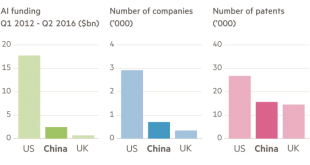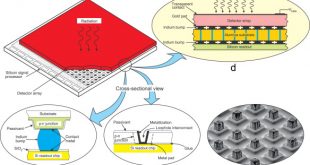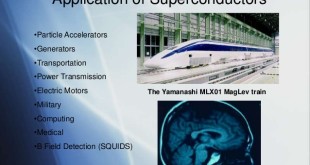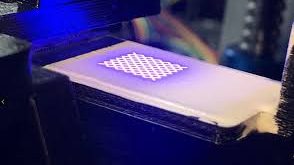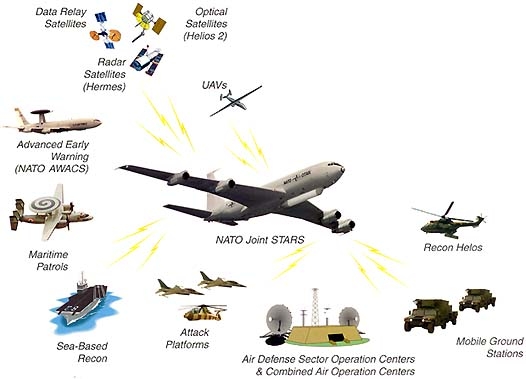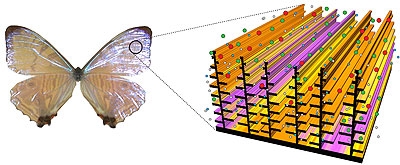Electronic computers are extremely powerful at performing a high number of operations sequentially at very high speeds. However, they struggle with combinatorial tasks that can be solved faster if many operations are performed in parallel for example in cryptography and mathematical optimisation, which require the computer to test a large …
Read More »Yearly Archives: 2020
AI Race among China, United States, European Union and other countries to boost competitiveness, increase productivity, protect national security
Many nations are racing to achieve a global innovation advantage in artificial intelligence (AI) because they understand that AI is a foundational technology that can boost competitiveness, increase productivity, protect national security, and help solve societal challenges. Nations wherein firms fail to develop successful AI products or services are …
Read More »Microprocessor Industry seeing evolution of ARM RISC architecture to open standards RISC V and MIPS
An ARM processor is one of a family of CPUs based on the RISC (reduced instruction set computer) architecture developed by Advanced RISC Machines (ARM). RISC processors are designed to perform a smaller number of types of computer instructions so that they can operate at a higher speed, performing more …
Read More »DARPA is developing curved infrared focal plane arrays FPAs to improve optical performance and widen field of view while reducing system size of military imagers
Smartphone camera technology is growing in leaps and bounds in the past couple of years and continues to be a major point to differentiate their products. The commercial development of curved image sensors is one of the biggest advance in camera technology in decades, allowing for simpler, flatter lenses with …
Read More »Superconductors enable new military capabilities from Surveillance, Radars, Communications to electric propulsion
In 1911, a Dutch scientist discovered a class of materials which, at temperatures near absolute zero, could conduct electricity with no resistance and therefore zero loss of power. These materials called Superconductors have unique properties including, Zero resistance to direct current; Extremely high current carrying density; Extremely low resistance at …
Read More »New piezoelectric manufacturing technologies enable 3D printing of piezoelectrics, sensors and transducers
The piezoelectric effect was discovered by brothers Pierre and Jacques Curie in 1880, and named after the Greek word piezein, that means to press or squeeze. They found that certain crystals were able to generate an electrical charge when mechanically loaded with tension or pressure. If exposed to an electric …
Read More »Researchers employing sound waves to transmit and control Quantum information and quantum microphones to detect them
In quantum computing, a qubit or quantum bit is the basic unit of quantum information—the quantum version of the classical binary bit physically realized with a two-state device. A qubit is a two-state (or two-level) quantum-mechanical system, one of the simplest quantum systems displaying the peculiarity of quantum mechanics. Examples …
Read More »DARPA DSO XSOLIDS pursuing production technologies for Materials formed under ultrahigh pressure, known as extended solids
Materials with superior strength, density and resiliency properties are important for the harsh environments in which Department of Defense platforms, weapons and their components operate. Recent scientific advances have opened up new possibilities for material design in the ultrahigh pressure regime (up to three million times higher than atmospheric pressure). …
Read More »USAF to replace replacing JSTARS a wide area ground surveillance, battle management command and control platform with Advanced Battle Management System or ABMS
JSTARS is a joint development project of the US Air Force and Army which provides a picture of the ground situation equivalent to that of the air situation provided by AWACS. Operating from a stand-off position often in excess of 200 km, it can detect, locate and classify tracks and …
Read More »Bio-Inspired or Biomimetic Photonics create highly selective Gas sensors and Artificial Eye like insects
Researchers have looked into nature for inspiration, understanding the mechanisms animals, insects and plants use to capture and process light and then designing next generation optoelectronics devices and systems like light-emitting diodes (LEDs), sensors and materials. Biomimicry has led to the development of several naturally inspired structures, such as curved …
Read More » International Defense Security & Technology Your trusted Source for News, Research and Analysis
International Defense Security & Technology Your trusted Source for News, Research and Analysis

